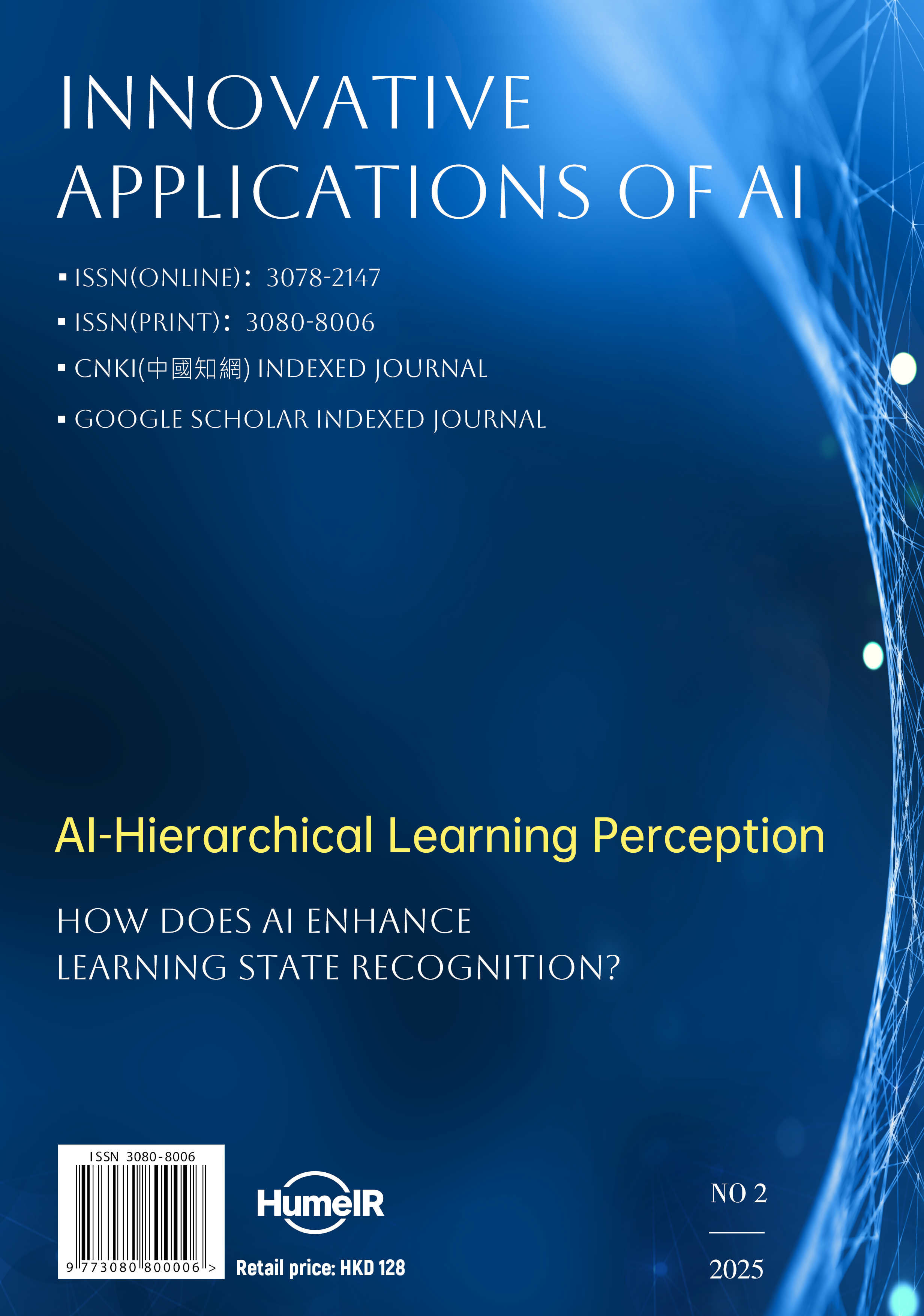Research on the Practice of Reconstructing Classroom Teaching Mode Based on AIGC
DOI:
https://doi.org/10.70695/AA1202502A13Keywords:
AIGC;智慧課堂;人智協同;教學模式重構;個性化教學Abstract
In the context of the rapid development of generative artificial intelligence (AIGC), classroom teaching in colleges and universities is facing new challenges in structural reconstruction. The traditional blended teaching model has problems such as abstract content and lagging feedback, which is difficult to meet the needs of high-level ability training. To this end, a classroom teaching model based on AIGC empowerment and integration of human-intelligence collaboration mechanism was designed and implemented. Focusing on the three stages of "before-in-class-after-class", the model integrates AIGC's technical advantages in content generation, path recommendation and learning feedback, and builds a collaborative teaching system guided by teachers, participated by students, and supported by AI. Taking the course of "Object-Oriented Programming" in colleges and universities as the object, the pre-test and post-test controlled experimental design was used to carry out empirical research based on academic performance, learning motivation, satisfaction and other dimensions. The experimental results show that compared with the traditional teaching mode, this model has obvious advantages in improving students' programming ability, learning enthusiasm and self-efficacy. In particular, the quality of personalized learning support and real-time feedback has been significantly optimized, indicating that the AIGC-based human-intelligence collaborative teaching model can effectively promote the realization of the deep learning process in technical courses.
